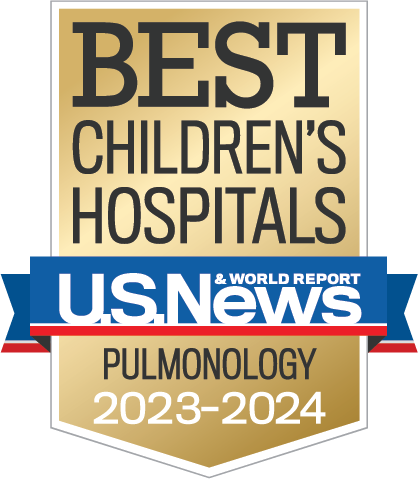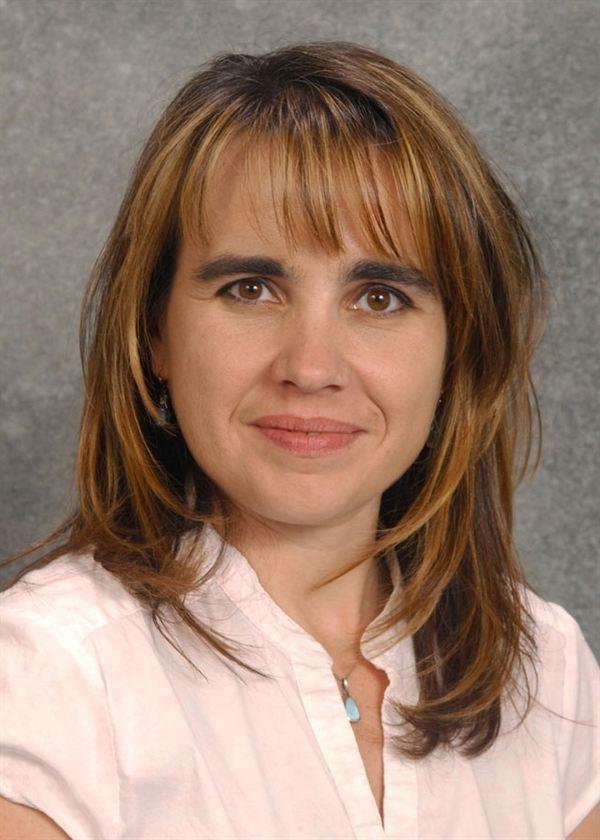- Doctors & Departments
-
Conditions & Advice
- Overview
- Conditions and Symptoms
- Symptom Checker
- Parent Resources
- The Connection Journey
- Calm A Crying Baby
- Sports Articles
- Dosage Tables
- Baby Guide
-
Your Visit
- Overview
- Prepare for Your Visit
- Your Overnight Stay
- Send a Cheer Card
- Family and Patient Resources
- Patient Cost Estimate
- Insurance and Financial Resources
- Online Bill Pay
- Medical Records
- Policies and Procedures
- We Ask Because We Care
Click to find the locations nearest youFind locations by region
See all locations -
Community
- Overview
- Addressing the Youth Mental Health Crisis
- Calendar of Events
- Child Health Advocacy
- Community Health
- Community Partners
- Corporate Relations
- Global Health
- Patient Advocacy
- Patient Stories
- Pediatric Affiliations
- Support Children’s Colorado
- Specialty Outreach Clinics
Your Support Matters
Upcoming Events
Colorado Hospitals Substance Exposed Newborn Quality Improvement Collaborative CHoSEN Conference (Hybrid)
Monday, April 29, 2024The CHoSEN Collaborative is an effort to increase consistency in...
-
Research & Innovation
- Overview
- Pediatric Clinical Trials
- Q: Pediatric Health Advances
- Discoveries and Milestones
- Training and Internships
- Academic Affiliation
- Investigator Resources
- Funding Opportunities
- Center For Innovation
- Support Our Research
- Research Areas

It starts with a Q:
For the latest cutting-edge research, innovative collaborations and remarkable discoveries in child health, read stories from across all our areas of study in Q: Advances and Answers in Pediatric Health.


Sleep
Restless Leg Syndrome (RLS) and Periodic Limb Movement Disorder (PLMD)
Parents and caregivers know their kids best. That’s why we put families at the center of every care team.

What are restless leg syndrome (RLS) and periodic limb movement disorder (PLMD)?
Restless leg syndrome (RLS) is a condition that causes a strong urge to move the legs. This urge to move may be accompanied by other uncomfortable sensations felt inside the legs that are difficult for children to describe. The uncomfortable sensation and urge to move are made worse by rest or lying down and are temporarily relieved by walking or moving the legs.
Periodic limb movement disorder (PLMD) is periodic episodes of repetitive limb movements that occur during sleep. Periodic limb movements in sleep (PLMS) are brief jerks of the foot or leg, typically every 20 to 40 seconds. They can be identified during a sleep study known as polysomnography. PLMD is often associated with RLS but can occur by itself.
What causes RLS and PLMD?
In some cases, a gene causes this problem. So, it's common for another family member to have RLS.
An important chemical in the brain that helps control motion called dopamine may be low in children with both RLS and PLMD. Children with early-onset RLS may show evidence of an iron deficiency in the brain. Iron is required for proper dopamine activity in the nervous system.
Who gets RLS and PLMD?
RLS symptoms often begin during childhood or adolescence. About 35% of patients report RLS before age 20, and 10% tell doctors that their symptoms appeared by age 10.
What are the signs and symptoms of RLS and PLMD?
Children and adults with RLS or PLMD commonly have disturbed sleep because of the condition. In children, sleep disturbance may occur before they complain of leg discomfort. The quality and quantity of a child’s sleep are often decreased, resulting in moodiness, irritability, inattentiveness, fatigue or hyperactivity.
Children with RLS tend to seek relief from their discomfort by moving their legs often by fidgeting, stretching, walking, running, rocking or changing position in bed. Parents or healthcare providers may mistakenly attribute the child's discomfort to "growing pains." At school, a child’s attempts to relieve the uncomfortable feelings of RLS may be perceived by teachers as inattentiveness, hyperactivity or disruptive behavior. Because of this, children with RLS may mistakenly be diagnosed with attention deficit hyperactivity disorder.
Restless legs syndrome is a real medical condition that calls for proper evaluation, diagnosis and treatment. Some children with RLS complain of the sensations more during the day than at night.
What tests are used to diagnose RLS and PLMD?
Doctors often order a blood test to measure iron (serum ferritin) levels for patients who may have RLS. Studies have found associations between low stores of iron in the body and increased RLS symptoms, probably because of iron's important role in brain dopamine function.
Similarly, iron deficiency can cause or worsen RLS in children and adolescents, even when the deficiency is not severe enough to cause anemia. A ferritin level of less than 50 mcg/L, which may even be in the low-normal range, indicates a potential problem.
A diagnosis of PLMD is based on three criteria:
- Periodic limb movements during sleep exceeding norms for age (more than 5 per hour for children)
- Clinical sleep disturbance and
- The absence of another primary sleep disorder or underlying cause (including RLS)
In a child with RLS, the physical exam is usually normal. Family history is important because there is a 50% chance of passing the RLS trait on to children if a parent has RLS.
How do providers at Children's Hospital Colorado make a diagnosis?
Medical professionals have developed criteria for diagnosing RLS in children ages 2 through 12 years with definite, probable or possible RLS:
- Definite RLS: A child feels an urge to move the legs that begins or worsens with sitting or lying down and is partially or totally relieved by movement. The urge is worse in the evening or night than during the day, or occurs exclusively in the evening or nighttime hours. Children describe the discomfort using their own words, such as "owies, tickle, tingle, static, bugs, spiders, ants, boo-boos, want to run, a lot of energy in my legs," etc. There is a clinical sleep disturbance for age. A biological parent or sibling has RLS. A sleep study has documented a periodic limb movement index of 5 or more per hour of sleep.
- Probable RLS: There is an urge to move the legs and the move begins or worsens with sitting or lying down. The urge to move is partially or totally relieved by movement, and the child has a biological parent or sibling with definite RLS.
- Possible RLS: The child has PLMD and a biological parent or sibling has definite RLS, but the child does not meet the criteria for definite or probable childhood RLS.
Adolescents (13 years and older) are evaluated with the adult criteria.
How are RLS and PLMD treated?
Patients with RLS or PLMD are treated with a combination of learning new behavioral skills, vitamin supplements and other medication.
- Good sleep habits: It is important for children and adolescents to get enough sleep and have a regular sleep schedule. Sleep psychologists can help families establish better sleep routines.
- Iron supplementation: If a child’s ferritin level is below 50 mcg/L, your child's doctor will recommend additional iron intake through foods high in iron or medication. Multivitamins have enough iron to maintain proper iron stores, but do not have sufficient iron to replace low iron stores for children with RLS or PLMD.
- Medications: RLS and PLMD have been treated with clonidine (Catapres), clonazepam (Klonopin), gabapentin (Neurontin) and zolpidem (Ambien). Dopaminergics are the medications of choice for RLS in adults, but are not used as frequently in children.
- Monitoring and safety: Any medication treatment for RLS or PLMD requires close monitoring for safety and efficacy. As part of routine care, remember to maintain the safe storage of all medications (including Tylenol) in childproof containers.
- Attention-deficit/hyperactivity disorder (ADHD): There is evidence that suggests that treating RLS or PLMD can reduce or eliminate symptoms of ADHD in some children or adolescents. Stimulant medications used for ADHD do not worsen RLS or PLMD.
Why choose Children's Colorado for your child's RLS and PLMD?
At Children's Colorado, our Pediatric Sleep Center is made up of experts in treating children with restless leg syndrome (RLS) and periodic limb movement disorder (PLMD). Our clinicians have years of experience diagnosing and treating these movement disorders. Our sleep psychologist can help families learn good sleep habits to support any medical treatments recommended by our sleep doctors.
The Sleep Team often coordinates care with other specialists and primary care physicians involved in each family's treatment. Most "go the extra mile" to improve sleep and optimize development.
- The National Sleep Foundation provides information on healthy sleep, as well as sleep disorders like RLS and PLMD.
- American Academy of Sleep Medicine (AASM) is the only professional society dedicated exclusively to the medical subspecialty of sleep medicine.
- The Restless Legs Syndrome Foundation is a non-profit foundation dedicated to RLS that seeks to increase awareness, improve treatments and use research to find a cure to RLS.
- Healthychildren.org, powered by The American Academy of Pediatrics, provides information on recommendations for healthy sleep, as well as sleep disorders.
Next steps
-
Would you like to learn more about us?
Learn more about the Sleep Program -
Do you have questions about your child’s condition?
720-777-6181 -
Are you ready to schedule an appointment?
Schedule an appointment
Get to know our pediatric experts.

Alicia Grenolds, CPNP-PC
Certified Pediatric Nurse Practitioner


Bridget Raleigh, FNP-BC
Certified Family Nurse Practitioner

Mary Conyers, CPNP-PC
Certified Pediatric Nurse Practitioner



 720-777-0123
720-777-0123



